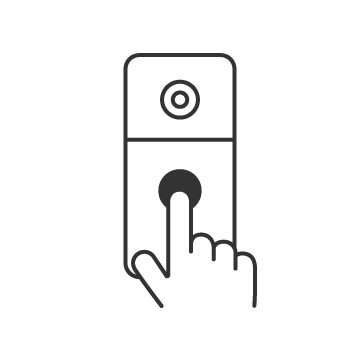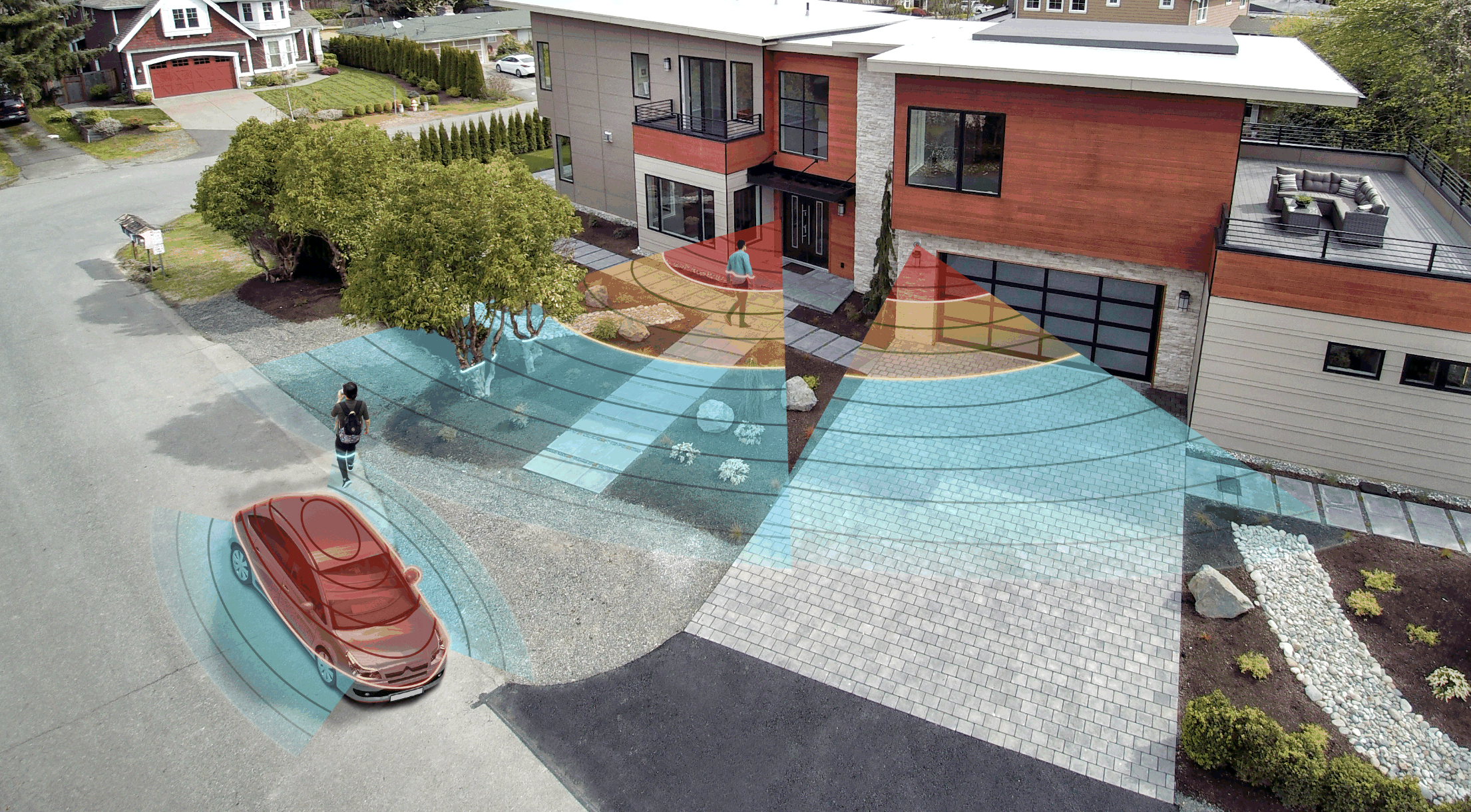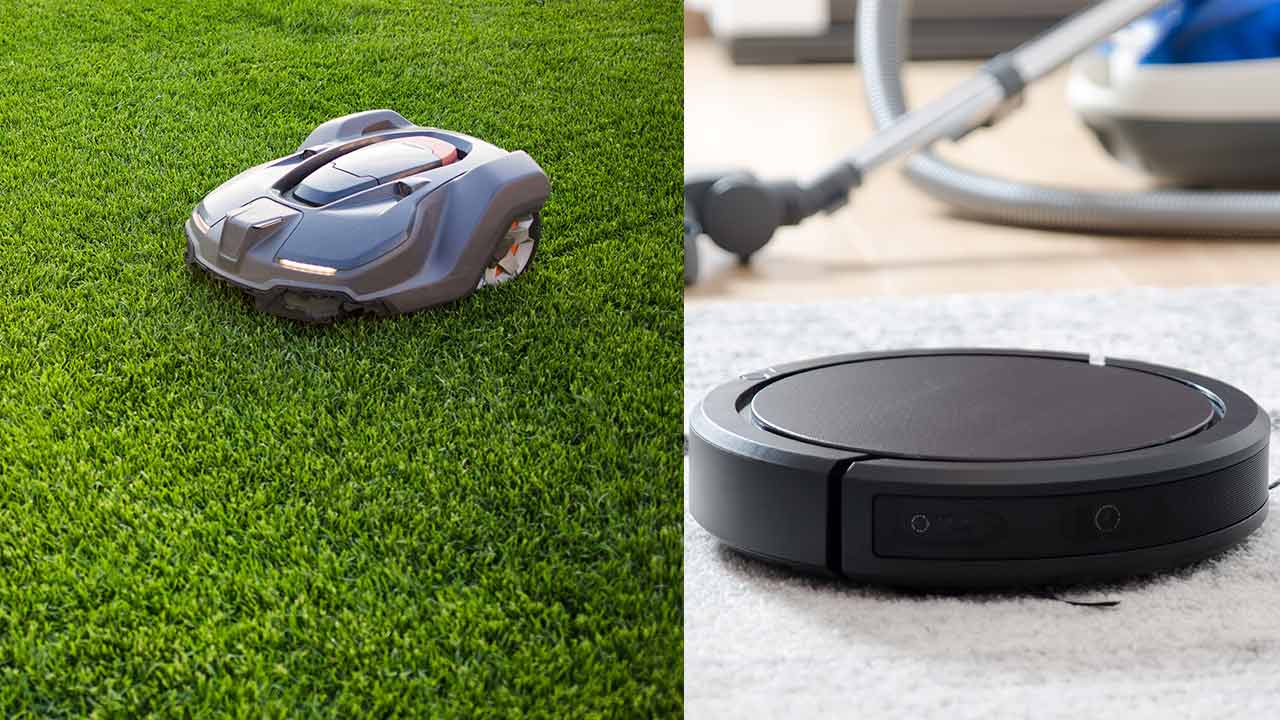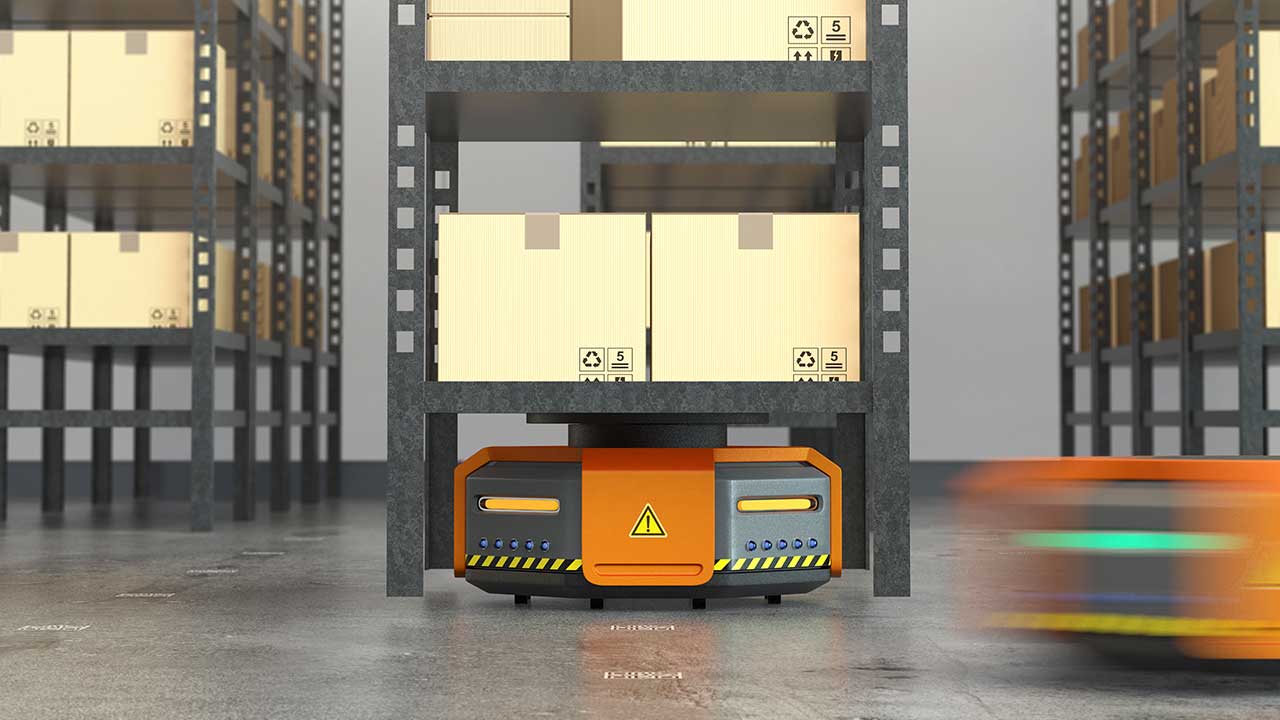SSZT050A December 2022 – October 2024 AWRL6432 , IWRL6432 , IWRL6432AOP
Radar-based sensor integrated circuits (ICs) are becoming a popular technology for position and proximity sensing designs because of their long-range capabilities, high-motion sensitivity and privacy features. With their high accuracy, radar sensors are also popular in the automotive and industrial markets for applications such as blind-spot detection, collision detection, people presence and motion detection.
In recent years, 60- and 77-GHz radar sensors have replaced 24-GHz radar sensors, delivering higher resolution, improved accuracy and smaller form factors. The 60- and 77-GHz radar bands have also enabled new applications such as child presence detection in vehicles and elderly fall detection in hospitals.
Despite the advantages of radar sensing, high-performance 60- and 77-GHz System-on-a-Chip (SoC) sensors have traditionally been limited in applications that have tight power consumption budgets. Newer radar sensors such as the IWRL6432 and IWRL6432AOP consume less power, given their low-power architectures, and can enable the deployment of radar in industrial, personal electronics and automotive applications. With built-in sleep modes and efficient duty-cycling operations, low-power radars can enable a sensing system to detect motion and intelligently decide when to act within a power budget of <5 mW. This capability can bring high-performance radar sensing to battery-powered and limited line-power applications that previously could not make use of it.
Antenna design is a crucial aspect of radar sensor-based systems, impacting key performance characteristics such as maximum range and field of view. The IWRL6432AOP has an integrated antenna-on-package to help simplify antenna design. This built-in antenna eliminates the need for engineers to design their own antenna pattern or have extensive RF design experience while also minimizing the need for printed antennas. Printed antennas require special high-cost materials to minimize signal loss. As a result, engineers can use lower-performance PCB material when designing with the IWRL6432AOP, which reduces BOM cost.
In this article, I’ll explore how homes, buildings, factories and personal electronics can benefit from low-power radar sensors.
| See our 60-GHz radar for video doorbells demo video | |

|
TI low-power, 60-GHz radar sensors enable expanded features including detection up to 20 m, tracking up to three people simultaneously and more. Watch the video, "Using 60-GHz radar sensors in video doorbells" to see them in action. |
Low-power radar sensing for building automation
Achieving smarter, more efficient, safer and more comfortable homes, cities and office spaces requires continuous awareness of the environment. Sensors such as the IWRL6432 and IWRL6432AOP help meet demands for more energy-efficient and intelligent sensing. These devices consume <2 mW on average at lower duty cycles because they have deep sleep modes, a vital feature for homes and buildings that need to sense continuously for longer durations. Despite consuming lower power than previous generations of millimeter-wave (mmWave) radar sensors, these new low-power devices deliver the intelligence needed for modern smart home and city applications through on-chip data-processing capabilities – enabling motion detection, gesture recognition and decision-making at the edge.
Examples of supported applications include:
- Motion and presence detection sensors for home and office security, fall detection sensors for elder care monitoring, and smart thermostats.
- Smart thermostats and heating, ventilation and air-conditioning systems for automatic climate control based on sensing occupancy rates.
- Lawn mowers, vacuum and service robots that can sense small objects even in the dark and provide more comfort to users through higher efficiency.
 Figure 1 Sensing building automation
applications (video doorbell and home security camera)
Figure 1 Sensing building automation
applications (video doorbell and home security camera)Low-power radar sensing for factory automation
To meet the demands of global shipping, manufacturers need increased efficiency in their manufacturing process automations and intelligent transportation. Smart and reliable sensors create a safety net that enables machines to detect objects accurately and quickly, while enabling safer interaction between humans and machines.
Automated guided vehicles (AGVs) and autonomous mobile robots (AMRs) equipped with sensors can see obstacles – including humans – and maneuver from point A to point B along planned routes. Low-power TI mmWave sensors lengthen operating times for AGVs and AMRs, while their lower cost eases adoption of the technology. mmWave sensors are also used in drones when implementing autonomous functions such as object detection, collision avoidance and altitude monitoring.
In a residential context, IWRL6432 and IWRL6432AOP sensors in robotic lawn mowers or vacuum cleaners can detect smaller obstacles that other sensing technologies fail to detect. The lower power consumption enables longer operating time before the batteries need recharging.

 Figure 2 Sensing use cases in factory
automation (lawn mowers, vacuum cleaners, logistics robots)
Figure 2 Sensing use cases in factory
automation (lawn mowers, vacuum cleaners, logistics robots)Low-power radar sensing for personal electronics
With the integration of a small-form-factor 60-GHz sensor, laptops and notebooks can now sense an onlooker’s presence. A television can detect the presence of people and turn itself on, and also detect gestures and provide a personalized user experience. Fitness devices and smart watches can estimate heart and breathing rates.

 Figure 3 Sensing use cases in personal
electronics (laptops/notebooks, television and home theater systems,
soundbars)
Figure 3 Sensing use cases in personal
electronics (laptops/notebooks, television and home theater systems,
soundbars)Conclusion
Low-power 60-GHz radar sensors will enable newer sensing applications in markets where strict power budgets previously limited sensing. As innovation continues in this space, design engineers can develop smaller, more capable applications that will make our world and our homes and buildings smarter.
Trademarks
All trademarks are the property of their respective owners.